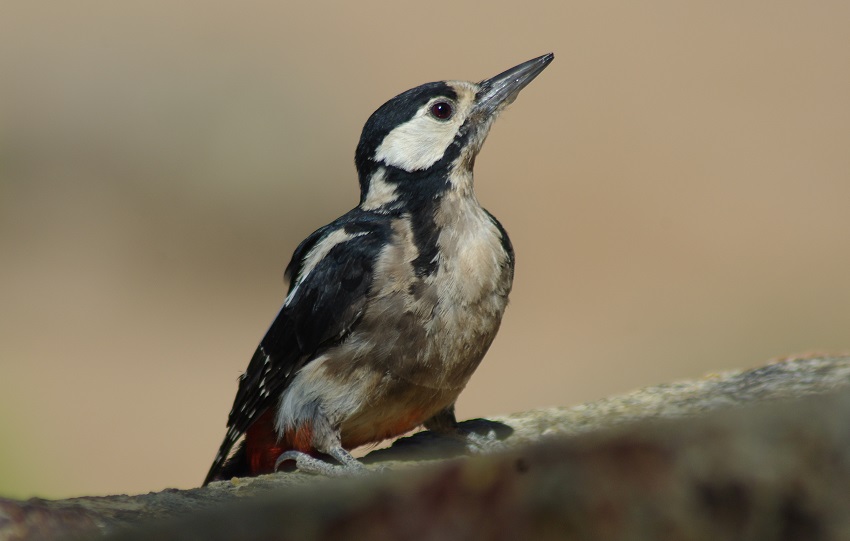Grote Bonte Specht
Dendrocopos major · Great Spotted Woodpecker
| Datum | 11 August 2020 |
|---|---|
| Locatie | Las Lajas, Tenerife (Canary Islands) |
| Fotograaf |
|
| Bekeken | 3596 × |
Adult female of the subspecies D. major canariensis, endemic to Tenerife Island. |
Discussie
Eric Jan Alblas
·
14 August 2020 14:48, gewijzigd 14 August 2020 14:54
Hi Rubén,
In Birds of Macaronesia (Garcia del Rey 2011) it is stated that both subspecies of Great Spotted Woodpeckers in the Canary Islands (canariensis and thanneri) should be lumped in canariensis as a result of a 'genetic study' (no source mentioned). From my own personal experience however both subspecies are (at least phenotypically) quite different. What is your opinion on this matter?
Peter de Knijff
·
14 August 2020 17:19
I have tried to find relevant D. major sequences in GenBank and BOLD, but no relevant sequences (from Macaronesian locations) are traceble. So it appears that this genetic study is not published, data not deposited, hence it can not be verified.
There is a large relevant Eurasian dataset, so it would appear to be very simple to compare data from Macaronesia with other taxa.
George Sangster
·
14 August 2020 20:13, gewijzigd 14 August 2020 20:23
Garcia-del-Rey, E., Delgado, G., Gonzalez, J., & Wink, M. (2007). Canary Island great spotted woodpecker (Dendrocopos major) has distinct mtDNA. Journal of Ornithology 148: 531-536.
Table 1 includes the relevant GenBank numbers (cyt b en ND 2). The phylogeny shows two groups, one with Eurasian sequences and another with Canarian sequences, but these groups were not strongly supported by the data.
Rubén Barone
·
15 August 2020 00:23
Hi again.
It's true that there are doubts about the validity of the Canarian subspecies, but for the moment they are recognized in the Biota project of the Government of the Canary Islands. In the latest revision of the terrestrial vertebrates of the archipelago, we considered valid both subspecies, canariensis and thanneri. In my own opinion, we need more in-deep studies about the subject, from the point of view of the integrative taxonomy.
Best regards.
Gebruikers van het forum gaan akkoord met de forumregels.

